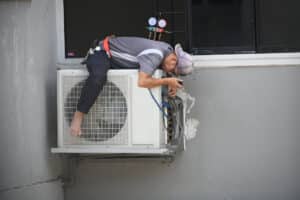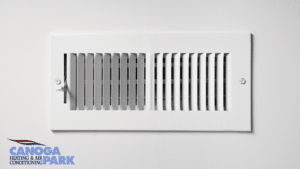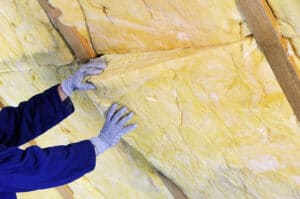
What is a Ductless HVAC System and What Are Its Benefits?
Everybody loves central air. It’s an absolutely wonderful invention that allows us to live comfortably in otherwise disagreeable climates. But there are several major drawbacks to central air as a heating and cooling method which have left homeowners frustrated and wanting a better way of doing things. In time past, there wasn’t much in the way of different options to alleviate these frustrations, but recent advances in technology and new ways of using “old” systems has opened up new options for homeowners. Let’s go over how ductless HVAC systems have changed the game for indoor air. Looks Like a Duct, Sucks Like a Duct With central air there is usually a single return per air handler where the warm air from inside the home is sucked into that air handler. Some homes will have two returns for a single air handler, or will have two air handlers for a single floor of the home if it has a large square footage. There is also usually one air handler per floor of the home. But even those extra returns aren’t sufficient to adequately perform some basic functions. Those returns are where the air in the home is filtered. Trying to pull the






